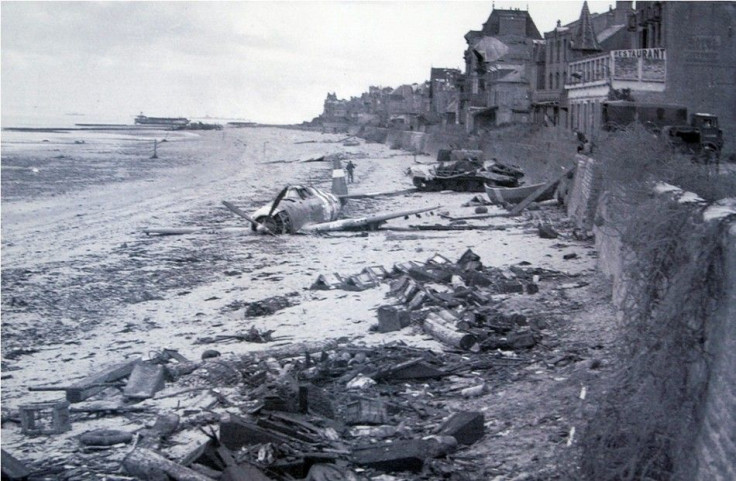Canadian WWII Lancaster Bomber Comes Home after UK Tour

Canada's sole operational Lancaster bomber plane of WWII returned home on Sunday, Sept 29 after a historic tour of the United Kingdom.
The Canadian Lancaster, aged 69 years, returned to the Canadian Warplane Heritage Museum to Hamilton as hundreds of people cheered its homecoming from the UK. A Scottish marching band welcomed it after it flew across the Atlantic from England where it had travelled to in August 2014. The Canadian Lancaster joined another Lancaster in the UK as both of those performed a number of air shows to impress thousands, CTV News reported.
Canadian Warplane Heritage Museum CEO David Rohrer said that the trip had meant a lot for many of them who were a part of it. However, what meant more than that was that it had meant a lot for Canada and its people, he said. Rohrer helped the aircraft fly to the UK and back. He also said that the first time Canada's first Lancaster bomber had travelled to the UK was in August 1943. Rohrer talked about Canada's beliefs and values which the country had defended in the past. He said that Canada might have to defend those again in the future, which was be something Canadians should never forget.
According to Rohrer, the Lancaster bomber was able to carry 22,000 pounds of bombs during the war. "The Lancaster was a significant warplane, but I also admired what it did after World War II," he said. "It dropped 6,600 tonnes of food, it flew on 3,600 missions. It flew 2,900 round trips across the Atlantic in 24 days and repatriated 74,000 POWs at the end of the war. The work this plane did and this airplane will go down in history forever."
The UK tour apparently brought "universal acclaim" to the Canadian bomber. Toronto Sun reported that the tour had been funded by public donations while it had received additional support from Lincolnshire's Lancaster Association in England. LLA's Tom Allett said that everyone who witnessed the bomber was impressed. He said that the Canadian Lancaster had given "impressive displays." He also said that the tour had been a "tremendous credit to Canada."
Contact the writer: s.mukhopadhyay@ibtimes.com.au





















